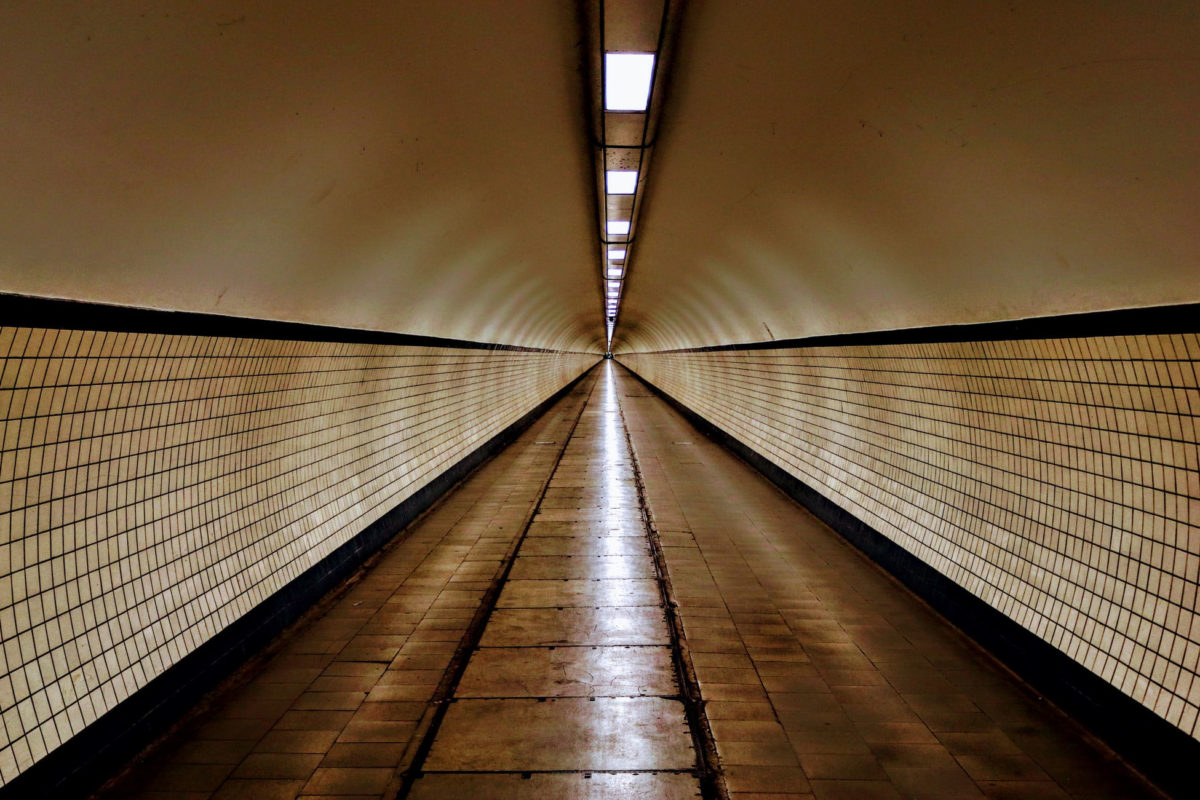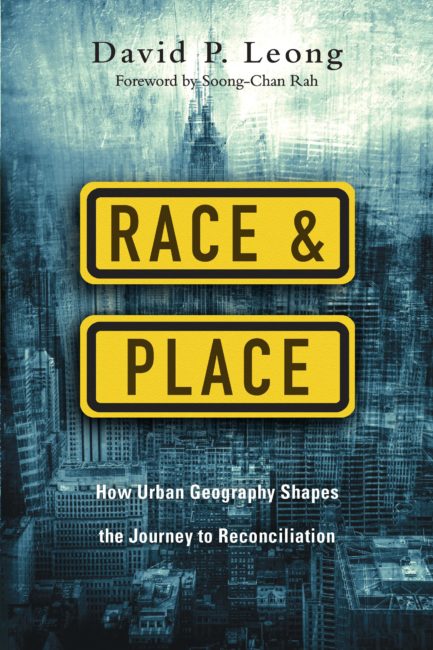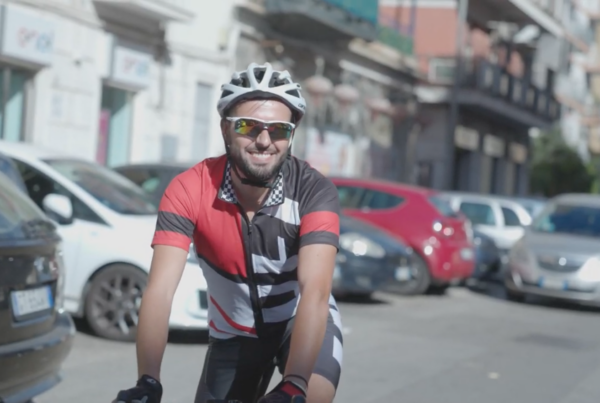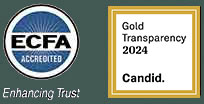This is the second part of a review of the book entitled Race & Place: How Urban Geography Shapes the Journey to Reconciliation, by David P Leong. Read Part 1 here.
Part II: Patterns of Exclusion
The second part of this book has three chapters:
- Walls of Hostility
- Place, Parish & Ghetto
- Gentrification
Years ago, a friend of mine was flying into Edinburgh from London. He was a converted Premier league footballer visiting our church to give a talk. The plane he got on was a propeller plane and he sat in his seat nervously as it took off. A man in the next seat recognised him and sensed his nervousness. “Where you going, pal?”, he asked my friend. When my friend told him he was going to Niddrie, the man, who knew of the area, said to him, “Trust me, you’re safer in this plane than in that place.” On another occasion an American friend was staying in a hotel in the centre of Edinburgh. He spoke to reception and asked for a taxi to Niddrie. The lady behind the desk refused to order it for fear of his well-being. When he said he was going to a church there, she recommended he go to a church in a safer area.
When he said he was going to a church there, she recommended he go to a church in a safer area.
Even though we found the stories amusing at the time, they do reveal something about the inbuilt biases that people have about certain parts of our cities. All of us will know of areas in our cities that we would describe as dangerous or needy, or both. The great majority of us will have an opinion on these places despite the fact that we’ve never been there physically. Reputation alone is enough for us to make up our minds. Leong writes, “Walls, fences, borders, and boundaries are all around us, and they generally serve a common set of purposes: to divide, define and demarcate.” (p87) He’s not wrong. In our community there is a small railway tunnel that is the boundary between Niddrie and the scheme next to us. The tunnel itself is maybe 100 metres long, but it may as well be 100 miles for some in our community. But, other barriers are not so visible. Three miles down the road from us is an exclusive area of the city. Nobody from Niddrie goes there and certainly nobody from there passes through our community (unless they’re the police or social services). There’s no visible dividing line but there is an unspoken social and cultural one. This is how Leong puts it:
Make no mistake: the absence of an 8-Mile Road in your own community certainly does not mean that those walls of hostility do not exist. It’s more likely that people share an unspoken agreement about the places where they do or do not belong. It’s implicitly understood by people on both sides of the boundary, whether by race, class or culture. These walls may be less visible and more permeable than concrete, but they are no less significant. (p97)
We have two schemes next to ours, called Bingham and Magdalene, and they are separated by a main road. On one side of the road is Bingham and on the other is Magdalene. But, along the main road, slap bang in the middle of these two schemes are a set of private houses. These houses go for three or four times the price of a house in the scheme even though they are in the same postcode! The people who live in these houses do not recognise that they are a part of the communities around them because to do so would devalue their properties (in their eyes). They, largely, do not associate with people in the schemes, shop in the same places as them or engage with them in any social context. This is no surprise to Leong who notes that, ‘…racial segregation is alive and well in nearly every city where we find different kinds of people allegedly living side-by-side.’ (p97)
Christians may deny that these invisible barriers exist, or they may even declare that they have never been responsible for class segregation. Both those points may be true, but the fact remains that most middle-class people who have bought a new home in a previously run-down community, benefitted (unwittingly or not) at the expense of families who were removed from their homes and communities in the name of progress. These barriers are also perpetuated in churches that run small groups across the city in the name of Christian discipleship and community, and yet none of them meet in poorer neighborhoods. And, if somebody is converted from our communities, they are forced to go across the city and assimilate to a culture not their own (ironically in the cause of fostering close fellowship).
All of this has an effect on what I label ‘compassion ministries’. Most compassion ministries in churches grow out of a mixture of love, guilt and a sense of charity. Yet, sadly, many ministries such as soup kitchens or food banks (as an example) foster an ‘us and them’ attitude in the church. The middle class (us) helping the working class/poor (them) doesn’t break down barriers, it just perpetuates them. Leong says, ‘When the people of God locate their lives among hurting people then there is no them when it comes to pain or injustice. There is just us and our collective sense of shared tragedy.’ (p120) To be fair to the middle-class church, it recognises that these visible, and invisible, barriers exist between them and working class/poor communities. Yet, their only answer to building bridges seems to be handouts rather than relocating.
Just because you’re feeding 100 people a week doesn’t mean you’re helping them!
When I criticise foodbanks and soup kitchens people always assume it is because I hate the poor (which is laughable given my background and how I’ve spent the last 20 years of my life). But, nothing could be further from the truth. What I hate is the knee jerk reaction lots of churches have toward issues of social deprivation and poverty. They are often reactionary and short sighted. Just because you’re feeding 100 people a week doesn’t mean you’re helping them! My aim is not to kill these ministries but to make them better. To encourage those engaged in them to think about what they are doing. Leong, again, is helpful here:
I’ve witnessed first-hand the unintentional cultural imperialism that comes from the bad combination of eagerness and a lack of thoughtful preparation. When neighborhood outreach becomes the local equivalent of short-term mission trips to the so-called Third World, the potential to actually hurt those we intend to help becomes more damaging than we realize. I sometimes call this rescue without relationship, an approach loaded with ethnocentrism and cultural superiority that can completely undermine the genuine desire and good intentions many Christians have to love their neighbors. (p122)
Why the obsession with helping those in need from a distance? If you want to help a community, then join it. Move in. Join a local church (where one exists). There are planters and pastors across the UK in housing estates and schemes looking for people to join them. They need middle class professionals and those earning a salary to move in to their estates, work hard, contribute financially and begin to make a lasting difference in the lives of the people there. Now, there are those moving in to these estates and seeking to be good neighbours. They are hampered though, because there are no gospel preaching local churches there. In those cases, I say plant and/or revitalise if possible. Our people need more than good neighbours. We need localised, gospel loving communities that teach the Bible and take daily discipleship seriously.
Gentrification
Leong’s chapter on gentrification is fascinating. I remember a few years ago some black brothers from Atlanta came to visit Niddrie and they were shocked that gentrification was happening in white neighbourhoods in the UK. The problem with gentrification is that it is both good and bad. There is little doubt that our community in Niddrie has benefitted enormously from gentrification. We have new schools, a new hospital, library and shopping centre. Crime has gone down significantly. But, it has also gutted the life out of Niddrie. Many people have been rehoused outside a place that has been their home for generations (against their will). The locals have not been involved in any of the decision-making process. The council would claim they have because of the meetings that have been held on the scheme. But, those meetings were information and publicity forums rather than asking the locals for their opinions. Yes, there are better facilities, but only for those who can afford them. Rents are sky high and no local could even think about affording a new-build home. What is worse, there is a huge separation between the newcomers and the locals. Niddrie is almost two hundred years old and families have been here for many generations. Newcomers have no sense of the local pride and history of the place. They just see that a dump (in their eyes) has been cleaned up and made habitable for them and their families. Leong describes the process in American terms:
“Whole communities (almost always communities of colour), who for decades had been abandoned by white flight and public neglect, were suddenly in the cross hairs of many economic opportunists who saw dollar signs in the dirt.” (p137)
What is particularly galling for those of us from schemes is that the reason for making our communities better (at least in developers’ eyes) is not for our benefit – it’s not to make our lives better. Rather, it is for the benefit of the middle class and young professionals looking to get on the housing ladder. As Leong notes, “Of course gentrification seems like a good thing to those who benefit from the changes and see them as normal and desirable.” (p141) Those moving in give no thought to the fact that their new town-house sits on the site that was treasured by somebody’s grandparents and great-grandparents. Nor are they interested in associating with the locals. They build their own neighbourhood watch committees, they work in the city, they socialize with their (largely university educated) friends outside the scheme and, at the first opportunity, they sell their new-build home for the promise of a bigger and better one across the city. They are not invested in our community. In fact, they are only interested in protecting their assets and ensuring their offspring go to a good school. Leong sees the same thing in the USA: “Perhaps the greatest cost of gentrification is the inevitable erasure of communities and histories that occurs through transition and displacement.” (p142)
Middle class Christianity needs to give careful thought to how they are going to stop swimming with the flow of societal trends.
What is even more galling for me, as a planter/pastor, is to listen to city-centre churches who now see our gentrified community (or at least the new builds) as fertile grounds for church planting. They’ve never seen us that way before money and the middle class came to town! But, all of a sudden, we look like a more desirable prospect. It is inescapable that most church planting and revitalization in the UK follows the money and the geographical places where monied people are located. Leong’s challenge is as follows: “If we follow the geography of grace in the cities, then one place I believe we’ll find ourselves is not primarily with the ‘movers and shakers’ above us, but ‘underneath the bridge with the moved and shaken.’” (p144)
Middle class Christianity needs to give careful thought to how they are going to stop swimming with the flow of societal trends. Christian thinkers, especially in the realm of church planting, have convinced themselves that the trickle-down effect is the best way to help the poor in our cities. We all know it doesn’t work but it is a nice little justification for going to plant in that nice neighbourhood or hipster part of town. What we need is a bottom up approach to planting and revitalisation. That’s when we will really begin to see fruit from our labours across all the classes of our society.
Read Part 3: Communities of Belonging
Mez is one of the speakers at The Gospel & Class conference, September 29, London UK. This conference will focus on the challenges and solutions of doing ministry to the poor. Our prayer is that churches and church leaders will respond to the challenge to go and make disciples in our poor communities.
Find out more and register here:












